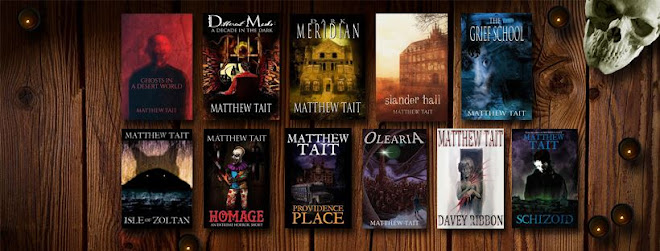A confession: during my
first viewing of Crimson Peak in a theater I was, at the time, subtly deflated.
Guillermo del Toro, such a creative artistic behemoth, had co-written and
directed a Gothic romance with shades of unmistakable horror. And yet the experience for me (and for others) felt somewhat tepid.
I stress this was only my first viewing, riding coattails with weighted expectations.
In the time elapsed since then, my appreciation of Crimson Peak didn’t just grow, but began to haunt me in the same way our protagonist is haunted: the color, tone, and imagery all conspiring to make the journey a thing for the ages. Not intended to terrify, Crimson Peak instead invokes both an aching nostalgia and emotional frisson … responses seldom generated in the modern film-making epoch.
Nancy Holder’s adaptation in novel form encapsulates the film flawlessly. There’s a graceful sweep of syntax, a haunting melancholy to proceedings that arouses Fernando Velazquez’s poignant score. Here, the author manages to nail each scene with enough restrained nuance it’s like experiencing the tale in a more intimate (and blackly adorned) Gothic setting. A perfect parenthesis to the source material from which it sprung.




